International:
North America:
Menu

THE KINGS OF KILIMANJARO
International:
North America:
- Home
- Kilimanjaro Climb
- Kilimanjaro Planner
- Other Treks
- About Us
- Dates + Prices + Booking
- Contact
International:
North America:

THE KINGS OF KILIMANJARO
International:
Owners & Guides
Eddie Frank, Tusker Trail’s founding guide, was forged in the crucible of Africa’s rugged terrain. From a young age, his father ignited in him a burning passion for adventure that would fuel his lifelong pursuit of the unknown. In 1977 he embarked on a journey of discovery, traversing the African continent and realizing a childhood dream.
Amy Frank, a Canadian native, was also blessed with an unquenchable thirst for adventure. She spent 35 years scaling the highest peaks and leading adventurers through the wild back-country of her homeland. When she joined forces with Eddie, they formed an unstoppable team. Together they have assembled a diverse group of professionals from around the world, all dedicated to the pursuit of the ultimate journey.
Global Staff
Tusker’s trekking team is a force to be reckoned with. Made up of seasoned veterans from all corners of the planet, from the rugged mountains of Nevada to the majestic peaks of Tanzania, the Himalayas of Nepal and the hearty nomads of Mongolia’s far west.
Our focused family is united in a boundless passion for adventure with deep local knowledge. Eddie and Amy have hand-picked each member of the team for their experience and expertise in their respective corners of the world.
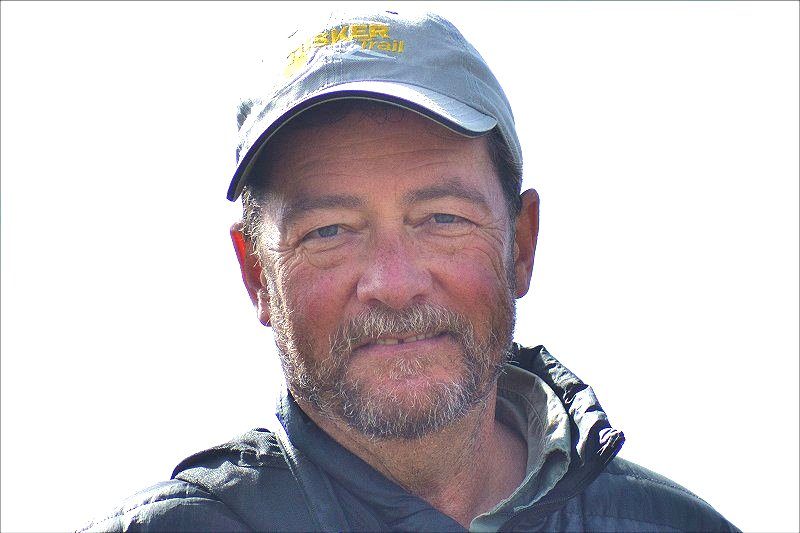
Eddie Frank
Founder, Owner, Guide
Adventurer, explorer and raconteur.
Member of The Explorers Club
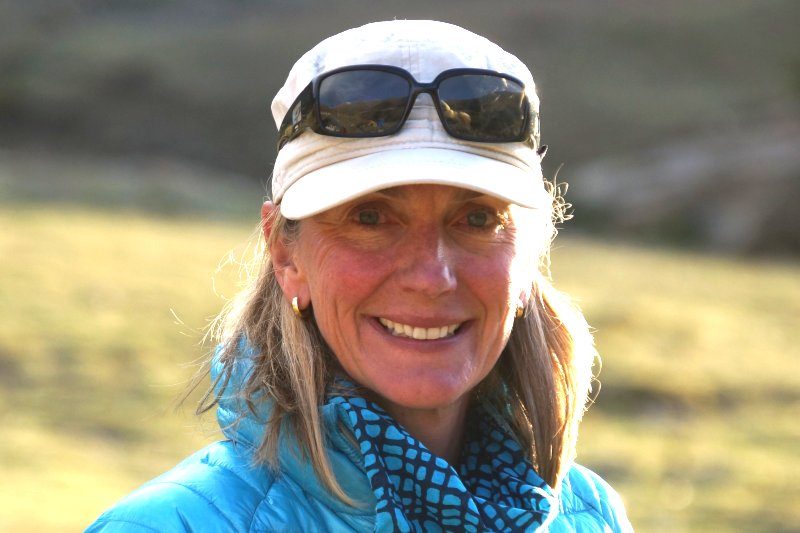
Amy Frank
Owner, Guide
Tusker’s guiding light supreme.
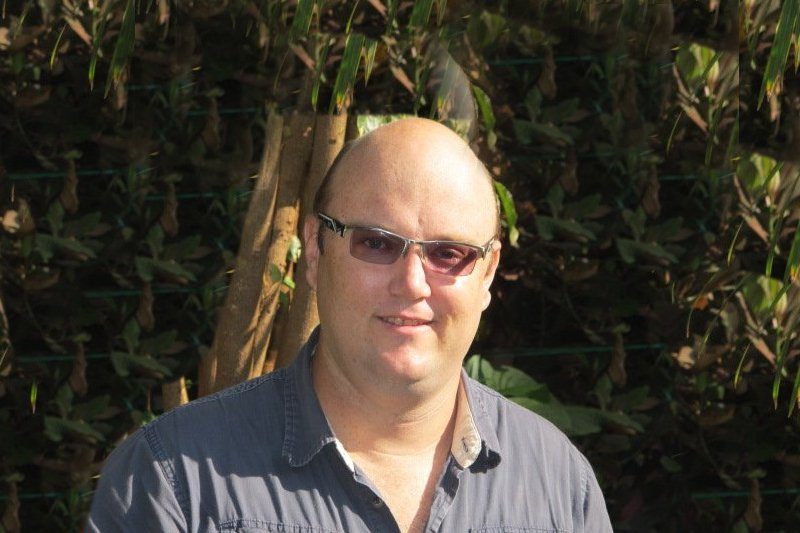
Julian Jones
Tanzania Operations Manager
Orchestrates the day to day on Kilimanjaro.
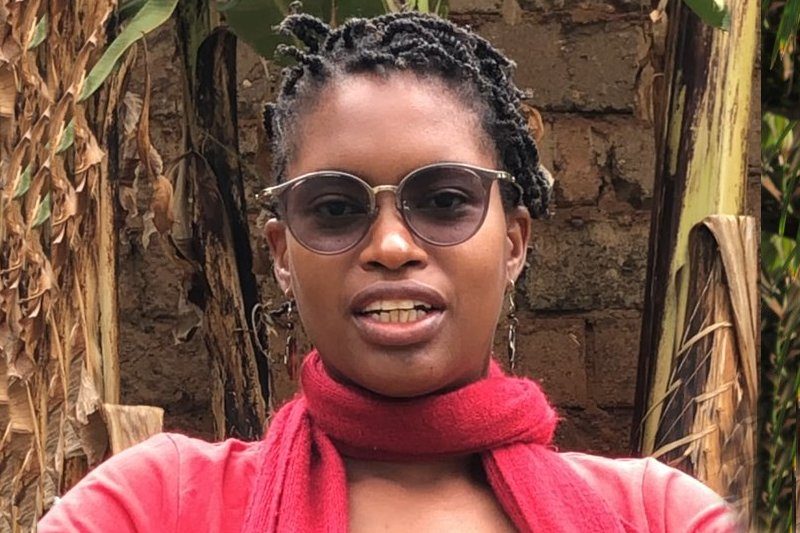
Sarah Jones
Tanzania Managing Director
Decades at the helm at Kilimanjaro.

Katie O’Brien
Head Trekking Coordinator in the USA
Brings your amazing trek together.
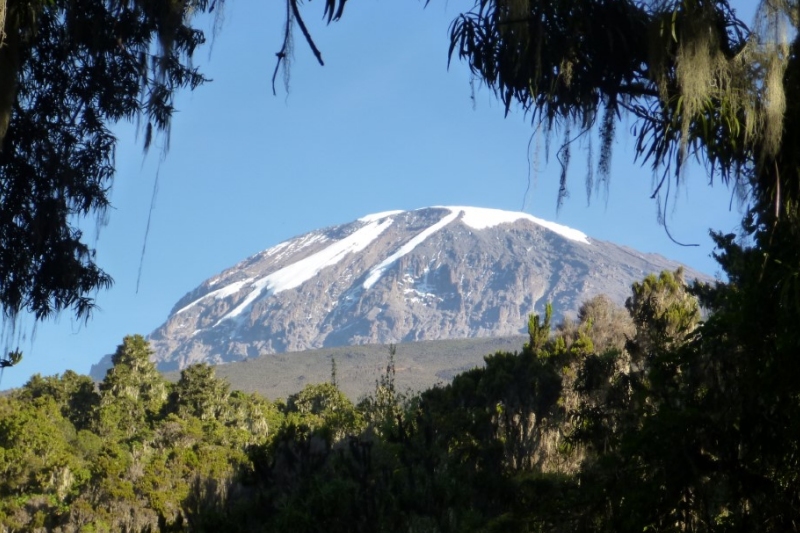
Kilimanjaro
An important part of each and every climb.
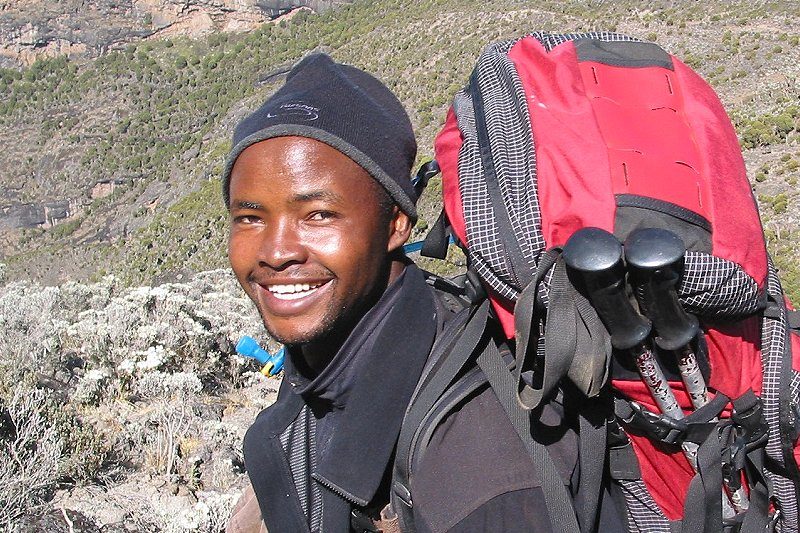
Shabane Hasani
Kilmanjaro and Everest Base Camp Guide
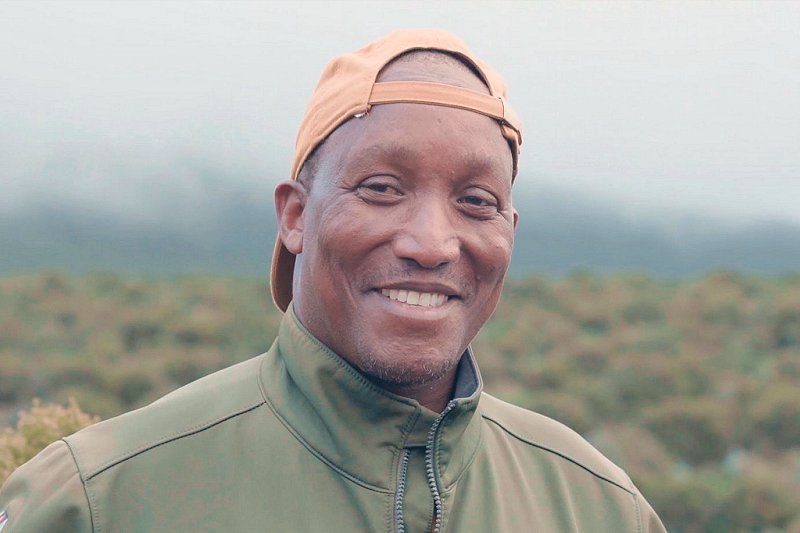
Simon Minja
Kilimanjaro Guide
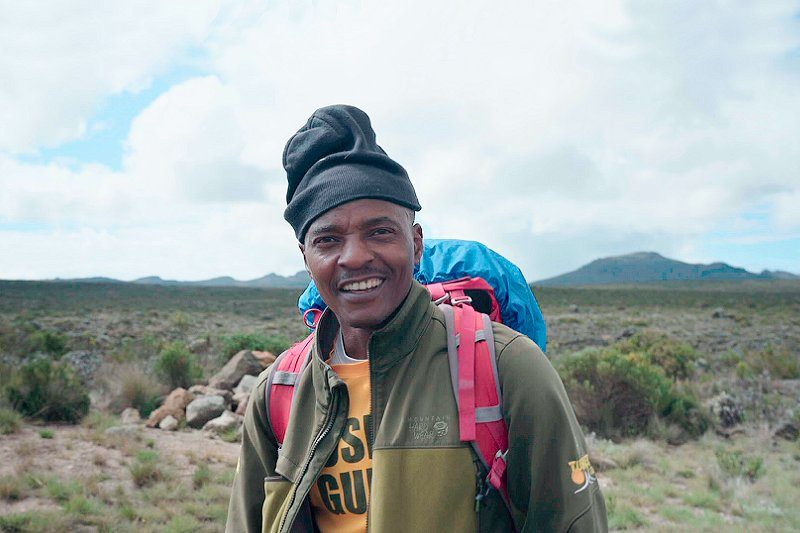
Nemes Meela
Kilmanjaro Guide
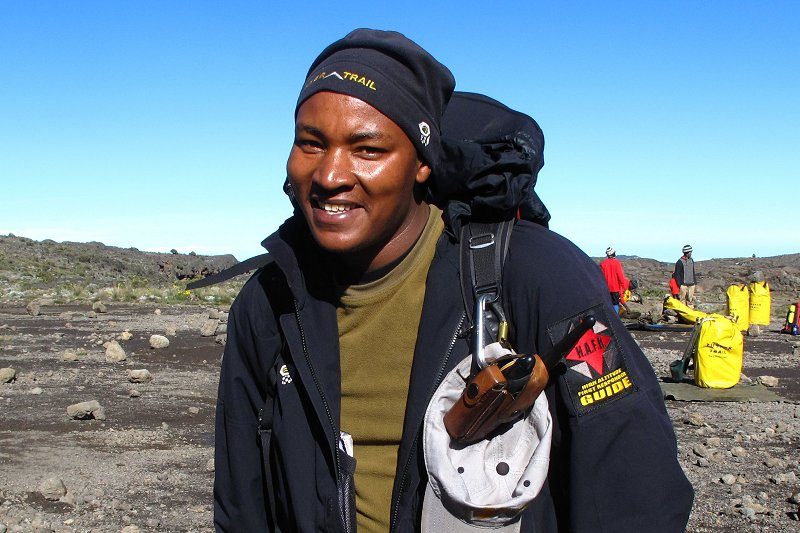
Senyaeli Urio
Kilimanjaro Guide
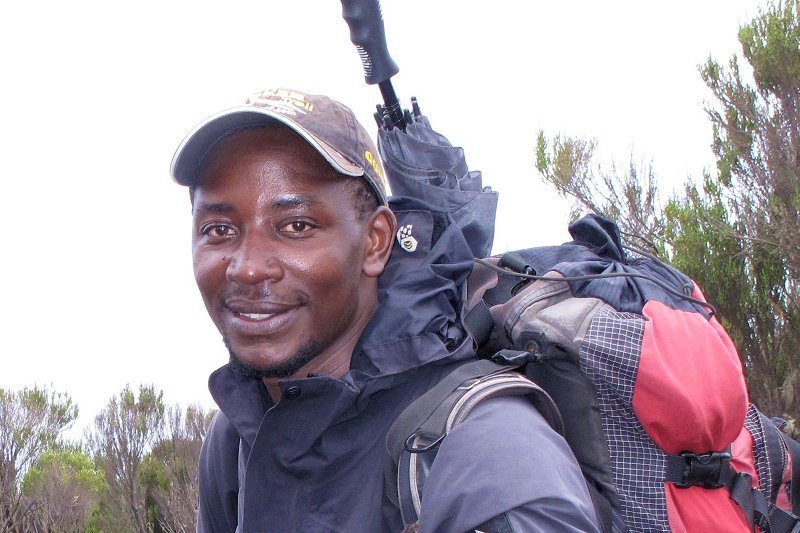
Eliakimu Mashanga
Kilimanjaro Guide
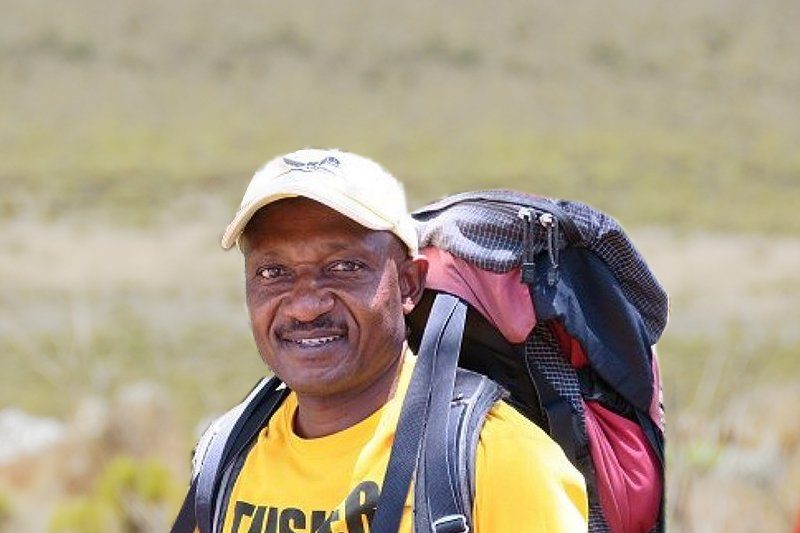
Pastori Minja
Kilimanjaro Guide
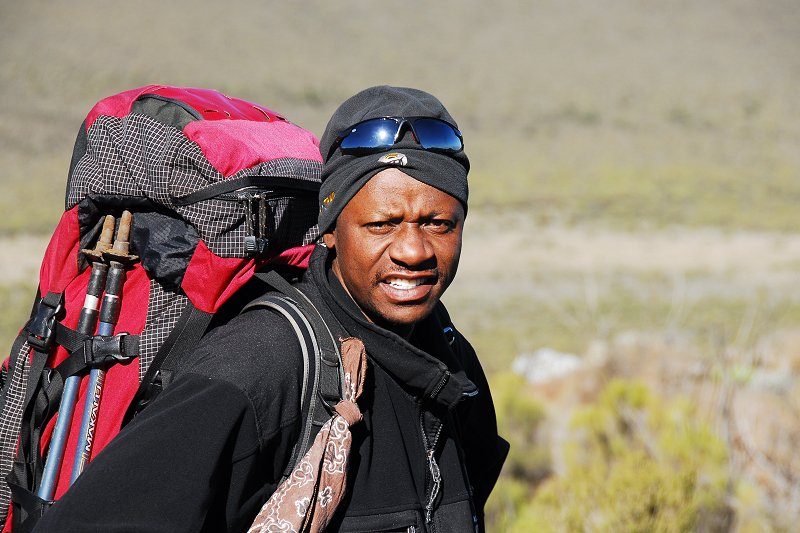
Gaudence Kessy
Kilmanjaro Guide
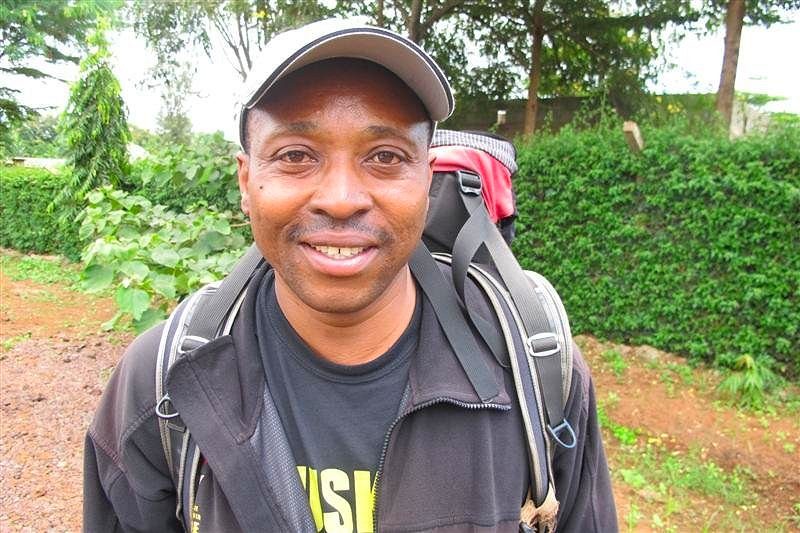
Thobias Meela
Kilimanjaro Guide
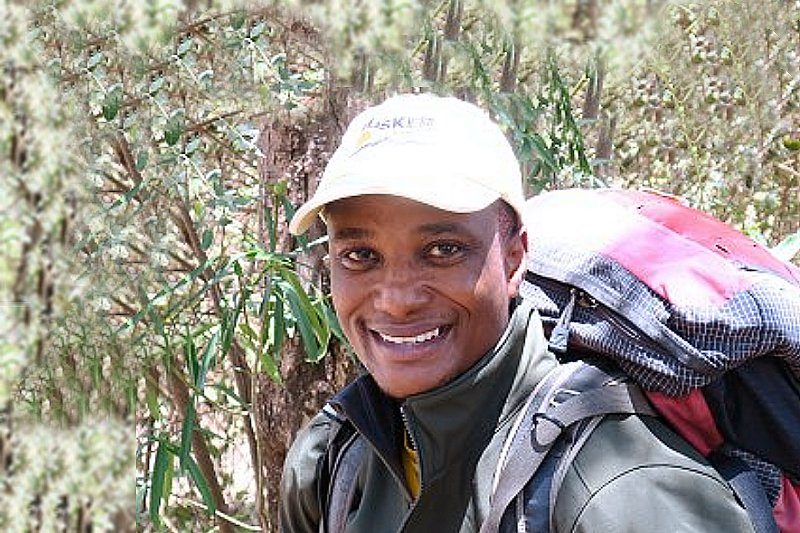
Liberaty Matho
Kilimanjaro Guide
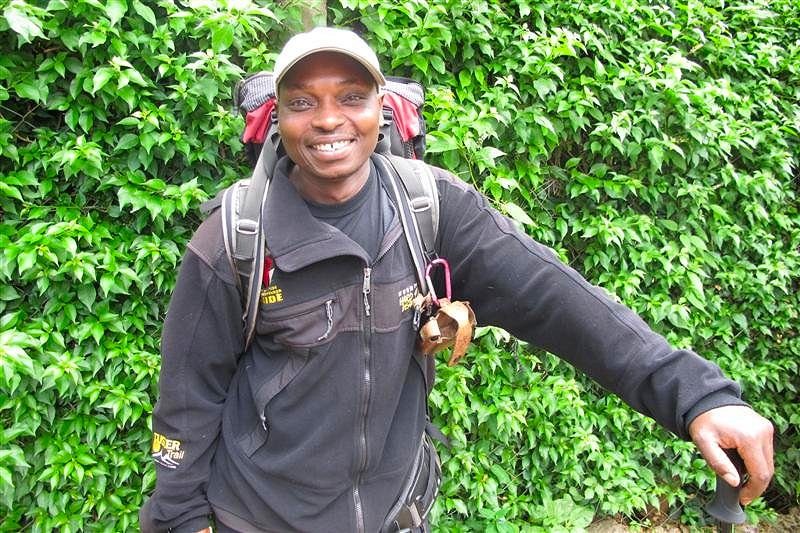
Frances Meela
Kilimanjaro Guide
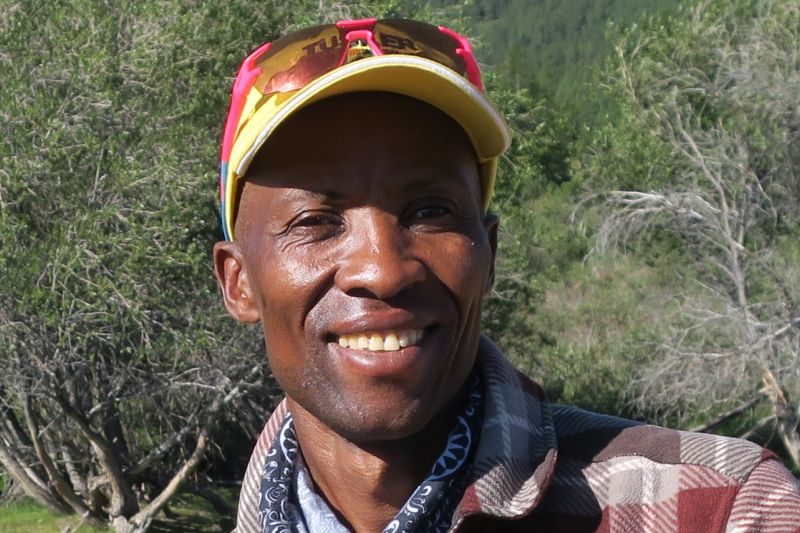
Alex Minja
Kilimanjaro and Mongolia Chef
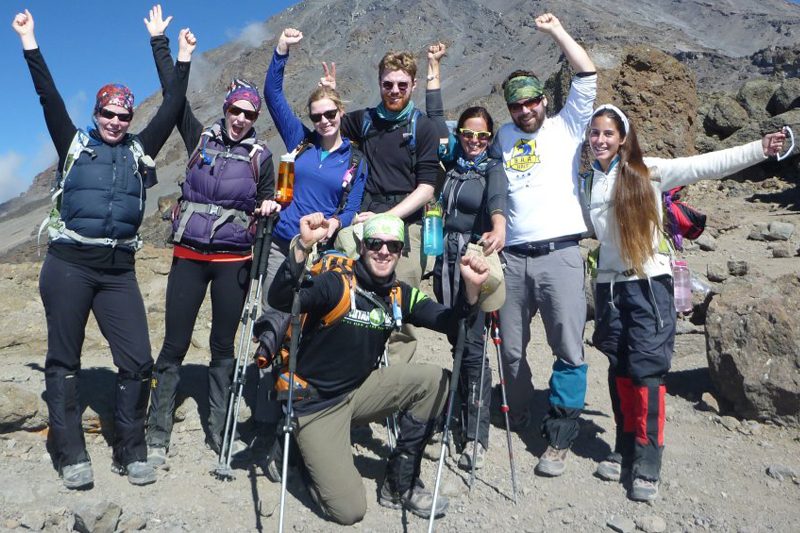
Our Guest Climbers
We wouldn’t be leading adventures for
48 years without you.
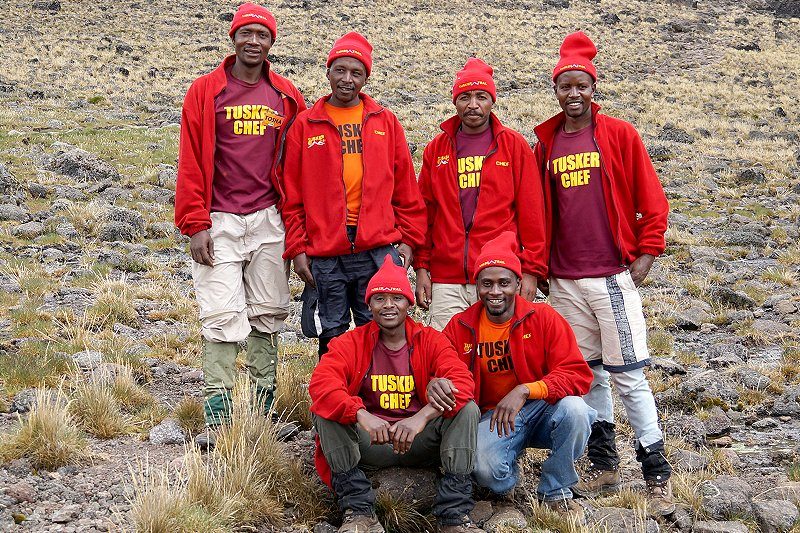
Kilimanjaro Chefs
Masters of the Adventure Kitchen
Trained by the Culinary Insitute of America.
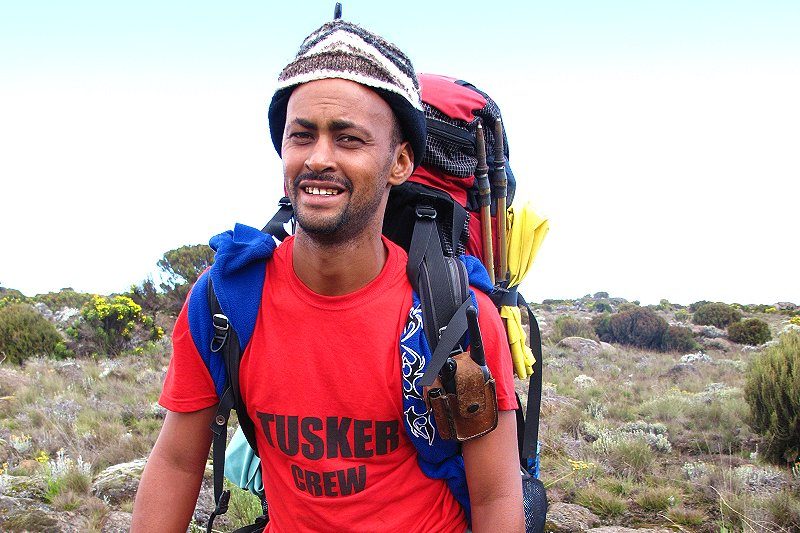
Frank Lulu
Kilimanjaro Equipment Manager
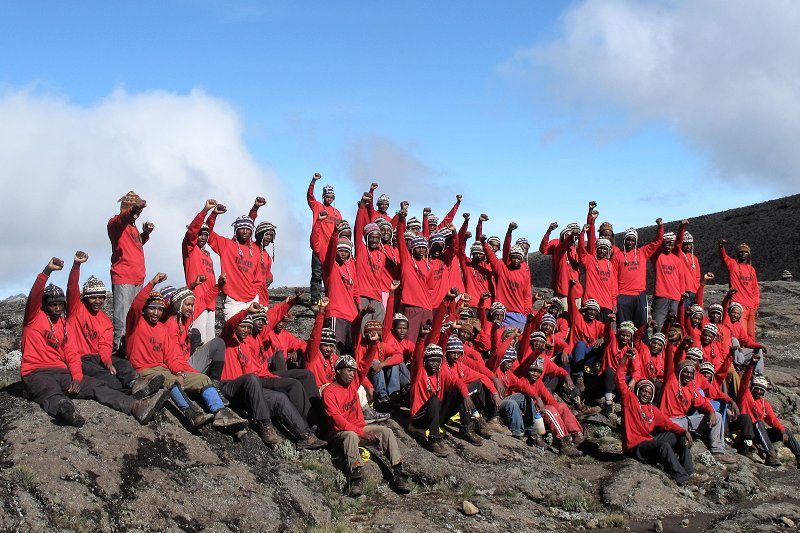
Kilimanjaro Porters
Your Climbing Team
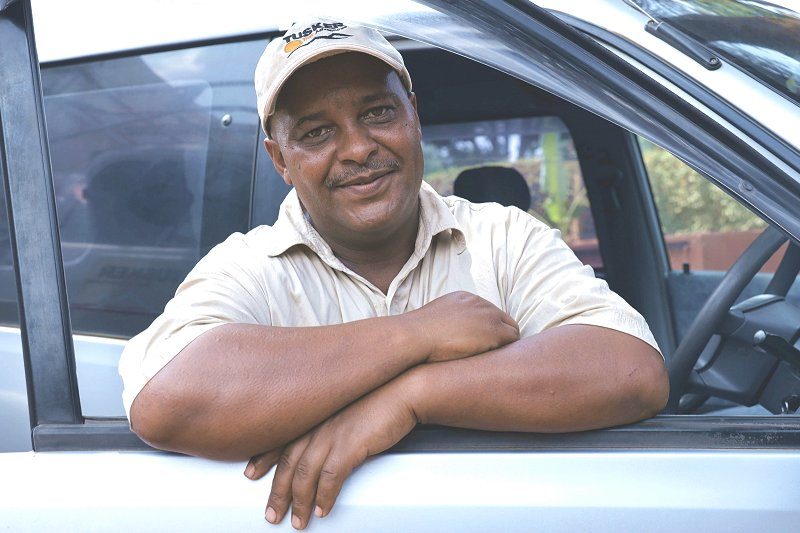
Peter Lulu
Tanzania Driver
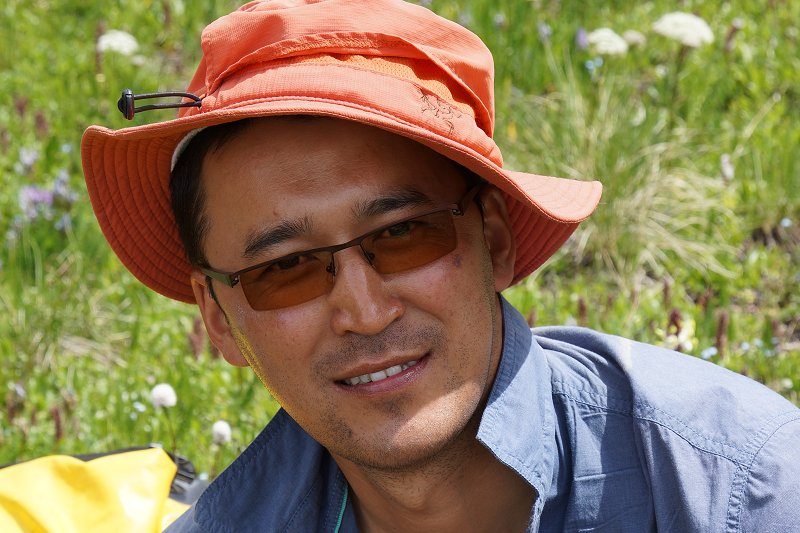
Dosjan
Mongolia Trek Guide
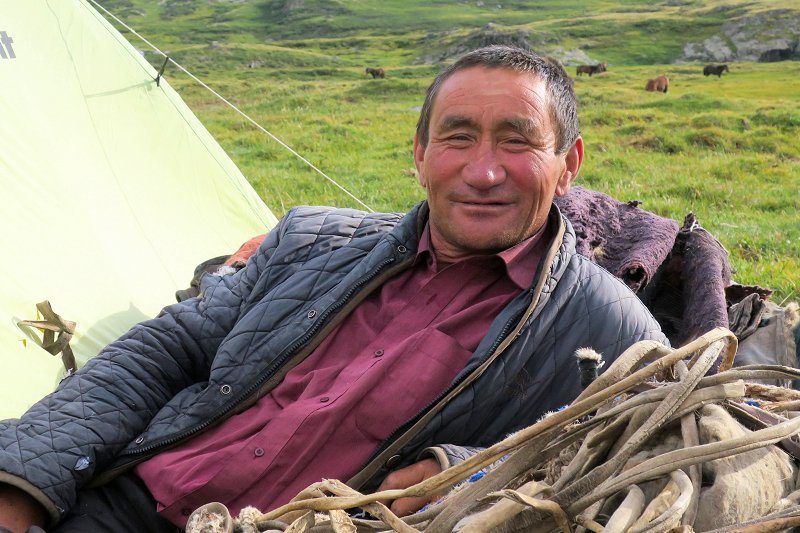
Harmut
Mongolia Trek Horseman
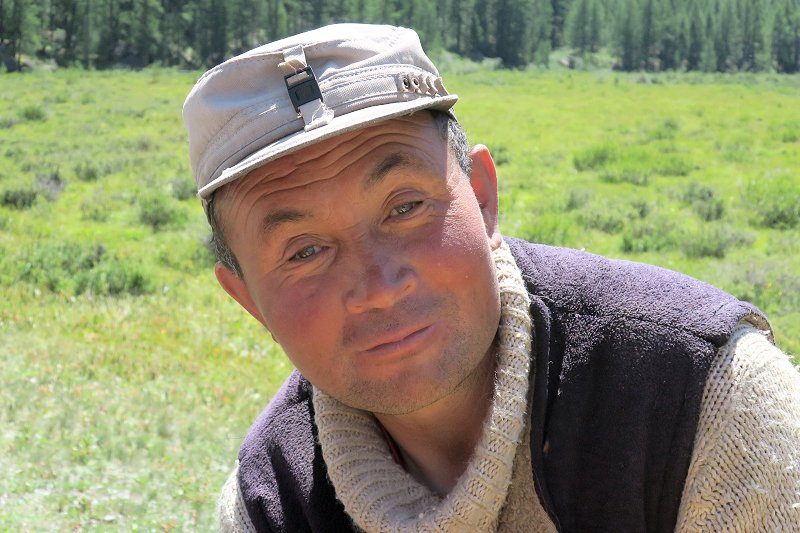
Lister
Mongolia Trek Horseman
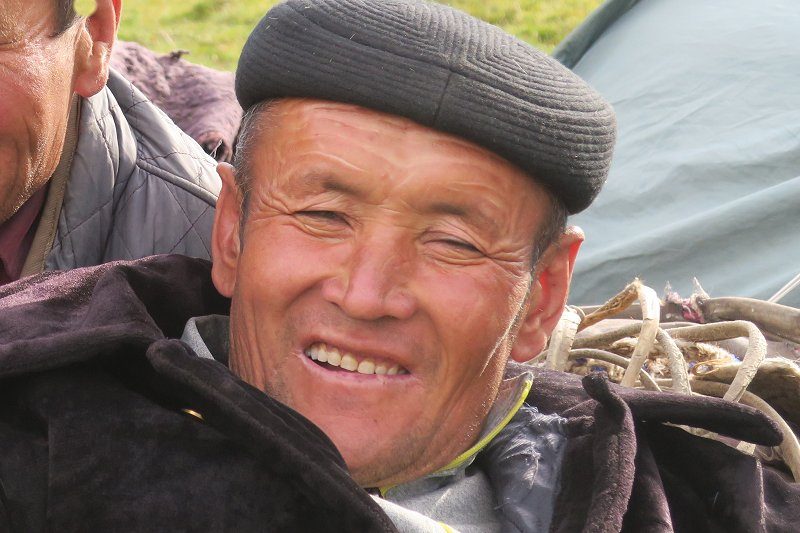
Karankai
Mongolia Trek Horseman
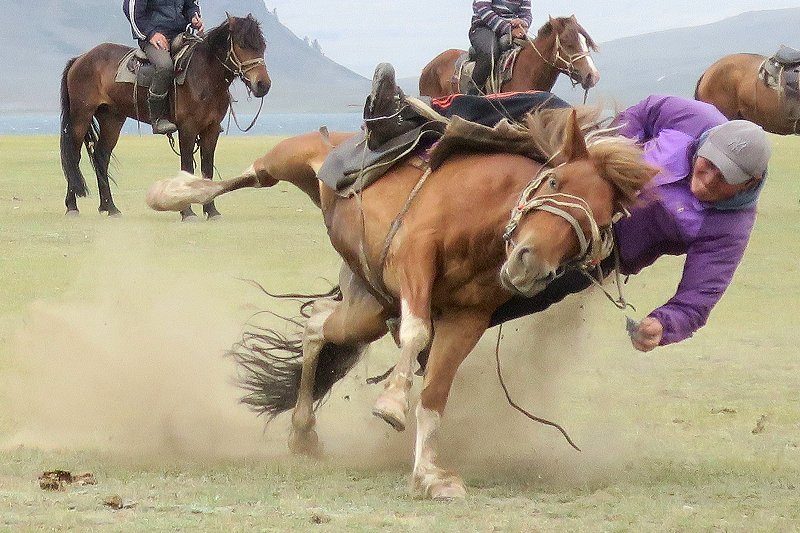
Borchak
Mongolia Trek Horseman
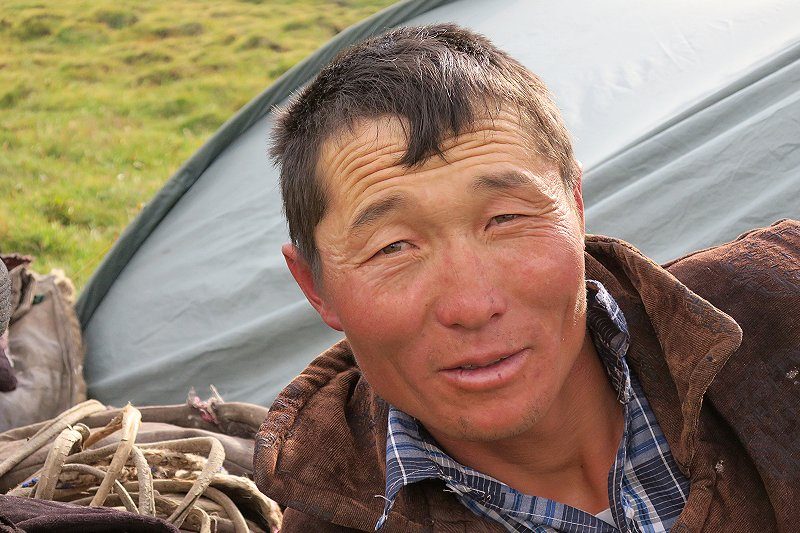
Jasai
Mongolia Trek Horseman
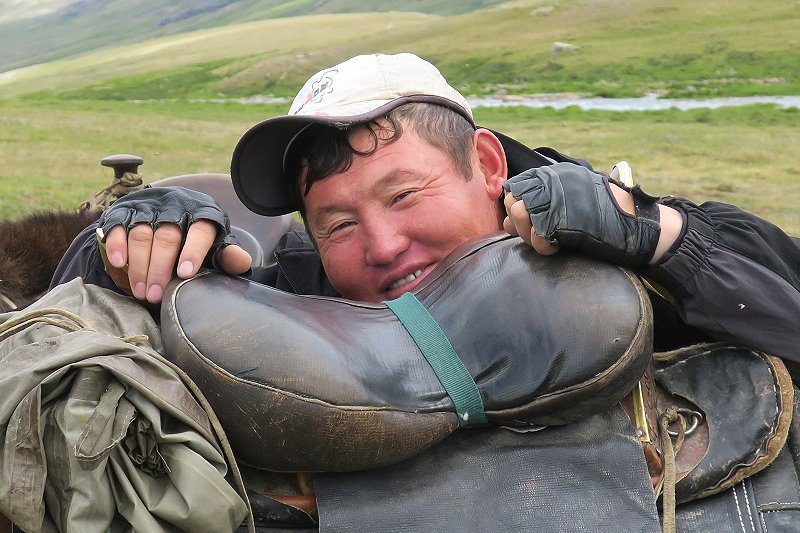
Karbai
Mongolia Trek – Head Horse Guide
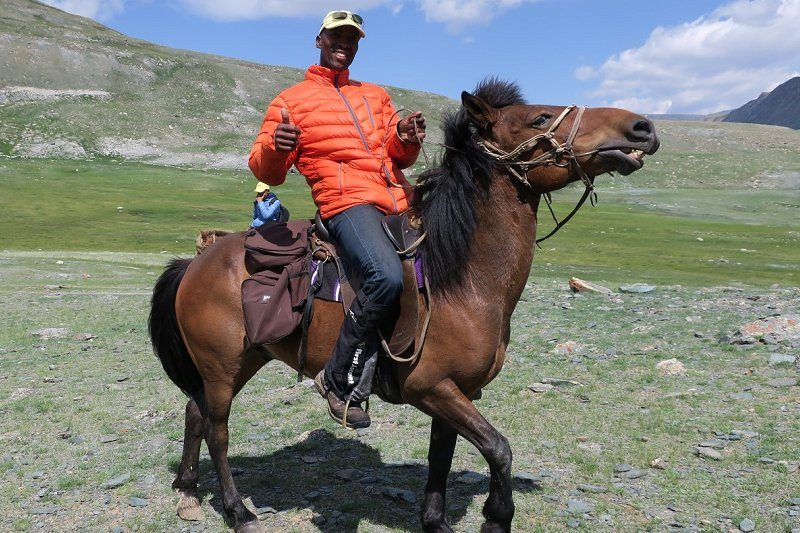
Alex Minja
Mongolia Chef
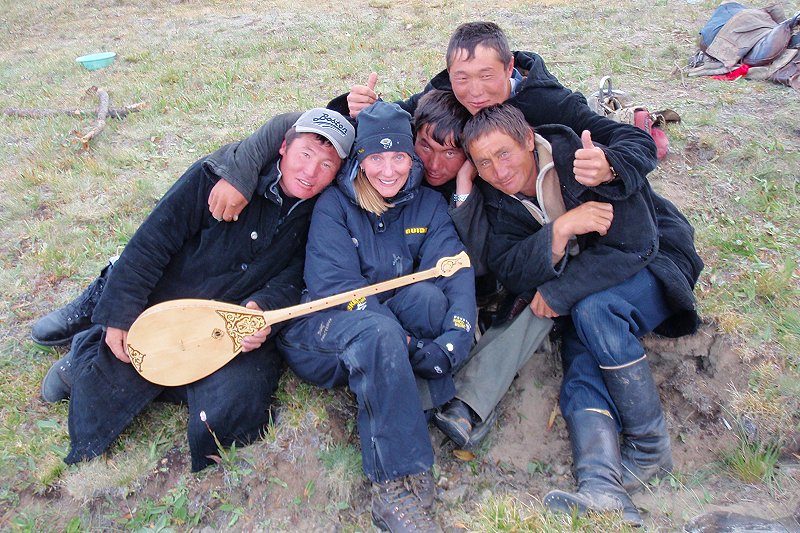
Amy and the Horsemen
These guys are essential on your journey.
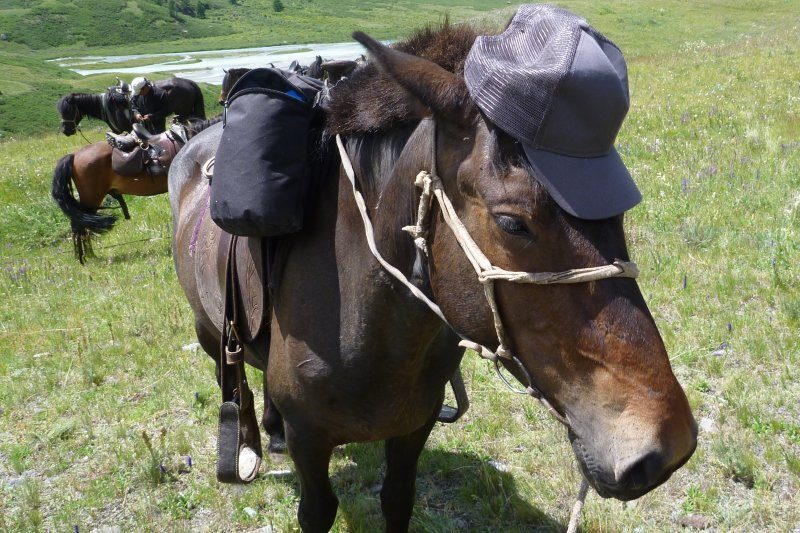
Att
Eddie’s Boss
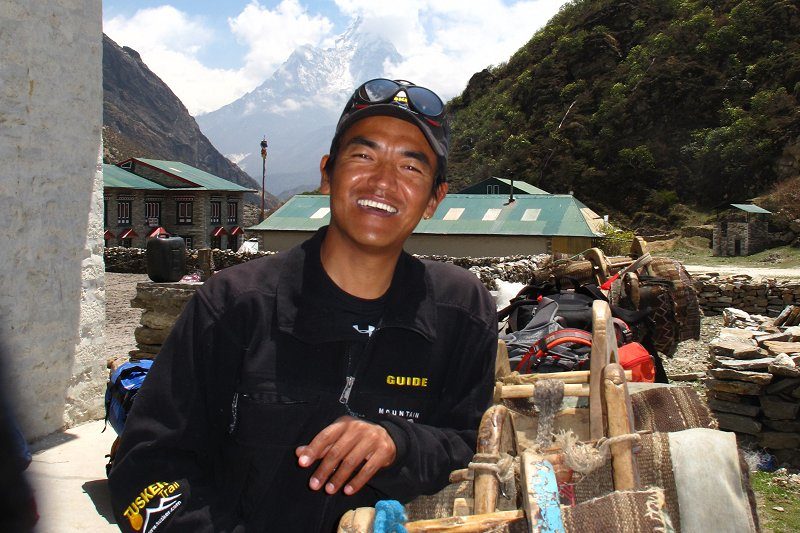
Mingma Sherpa
Everest Base Camp Head Guide
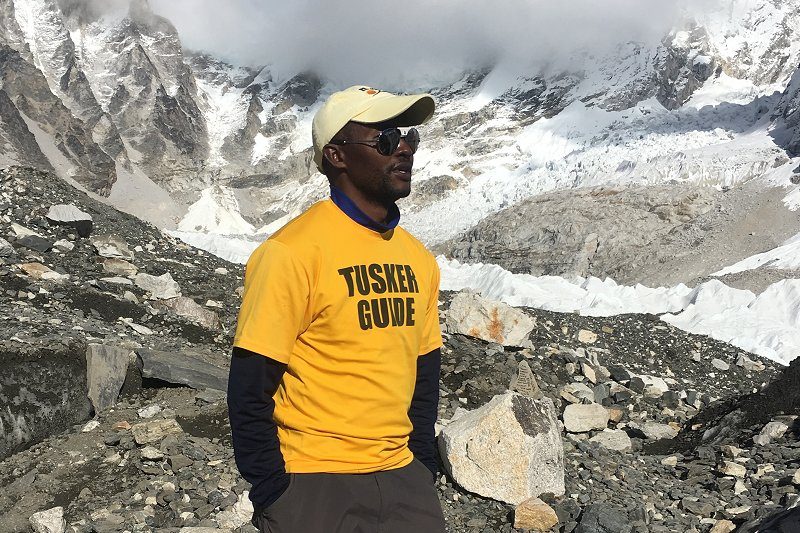
Shabane Hasani
Everest Base Camp Guide
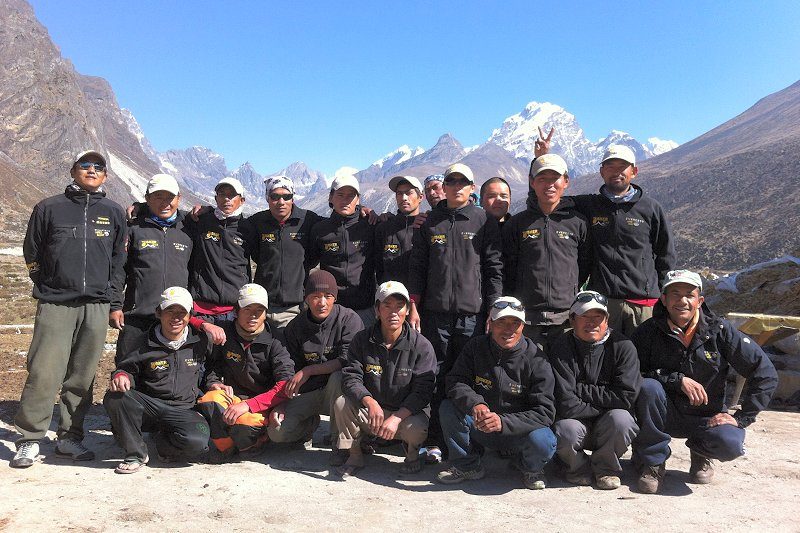
EBC Sherpas
Everest Base Camp Sherpa Team
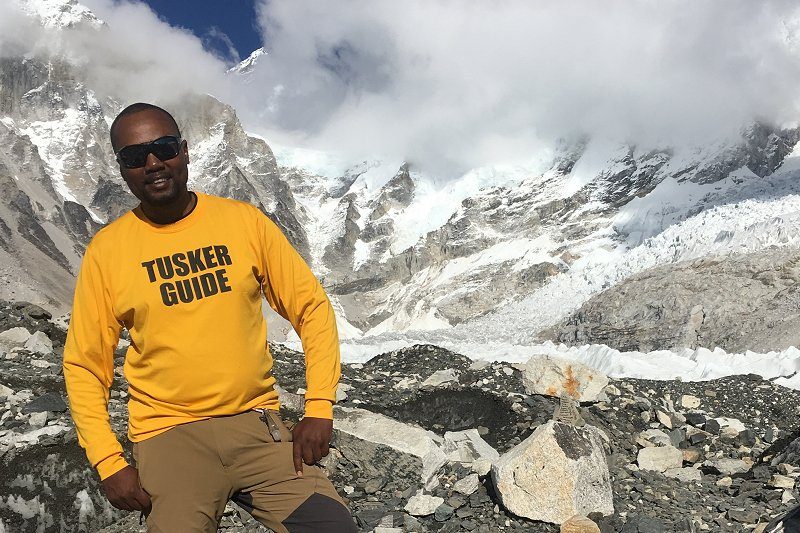
Happyfrais Kombe
Everest Base Camp Guide
Tusker’s Treks
Now that you have met the Tusker Trail team, start your adventure below.